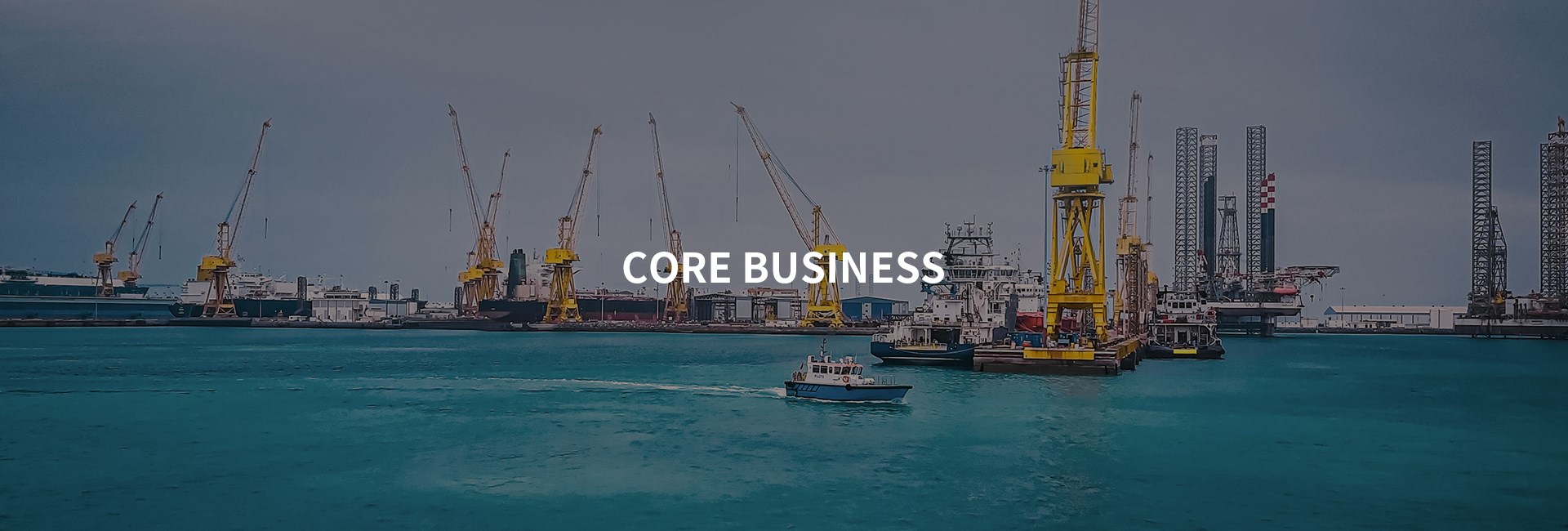-
Separators from GEA Westfalia Separator
GEA WESTFALA centrifugal separators are designed especially for liquid-based applications. Using centrifugal force, they separate substances and solids from liquids. They are equally as effective at separating liquid mixtures at the same time as removing solids.
The fields of application of GEA WESTFALA centrifuges range from separating processes in the chemical and pharmaceutical industry through oil and fat recovery to the production of dairy products, beer, wine, fruit and vegetable juices, and the processing of mineral oil and mineral oil products.
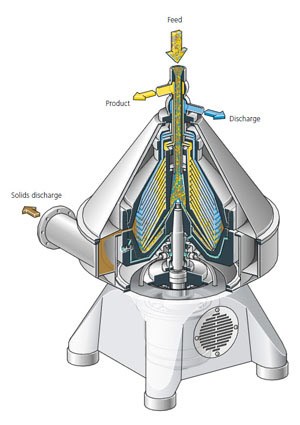
Disk Separators with Solid-Wall Bowl
By fitting a large number of conical disks separated by spacers of between 0.3 to 2 mm, a substantially larger equivalent clarification area is achieved with the same bowl volume compared to chamber bowl separators. The equivalent clarification area is the product of the sum of the geometric surfaces of the disks multiplied with the multiple of the acceleration due to gravity.
Solid-wall separators are available in two versions:
Separators of two liquids dissolved in one another
Clarifiers for the separation of solids from liquids
Solid-wall separators are used almost exclusively for the separation of liquid mixtures with no or a very small solids content since the separated solids can only be removed manually.
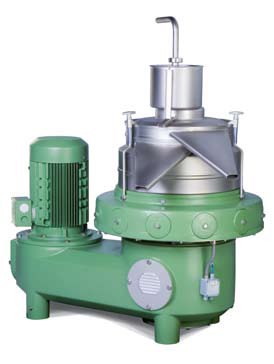
Westfalia Separator® SeaWaterDistiller
The SWD (Westfalia Separator® SeaWaterDistiller) is working on the well known vacuum distillation principle. Waste heat from the main engine on board is utilized as heating medium for evaporation. The evaporation takes place in the evaporation plate bundle located in the lower part of the housing.
A part of the incoming seawater evaporates due to the high vacuum inside the housing. The generated vapour is cleaned from seawater droplets while flowing through a wire mesh demister. The condensation takes place in the condenser plate bundle located in the upper part of the housing. The condenser is cooled by seawater. The latent heat from condensation is transferred to the seawater. The condensation / evaporation temperature varies with the seawater temperature.
A small portion of the heated seawater is utilized as feedwater for the evaporator bundle. The biggest part is used as driving medium for the combined air- / brine ejector. This ejector has a double function: Extraction of the surplus seawater (socalled brine) out of the housing and vacuum creation by exhaust of the noncondensable gases.
The distillate quality (salinity) is monitored at the control panel. If the salinity exceeds the adjusted set point (2 – 10 ppm) the distillate is rejected back to the evaporator via a solenoid valve.
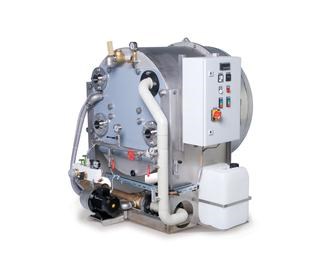
SeaWater Distiller SWD 10
Westfalia Separator® ViscoBoosterUnits
Efficient operation of ship and power station diesel engines necessitates optimum fuel supply. This key condition is accomplished by Westfalia Separator®
ViscoBoosterUnits for fuel treament.
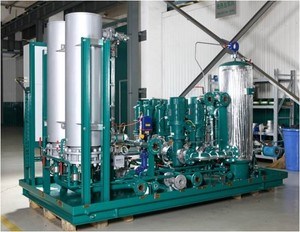
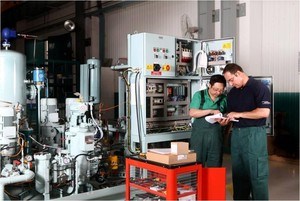
This unit consists of a treatment system that meets the fuel requirements, in terms of the required injection viscosity and temperature, between the clean oil tank and injection system for the main and auxiliary engines. The purpose-built booster pumps provide for the necessary system pressure. The modules are designed to the different engine consumption levels depending on their power ratings, as well as the injection viscosity (approx. 10 - 24 cSt) and corresponding injection temperatures (approx. 135 - 150 °C).
